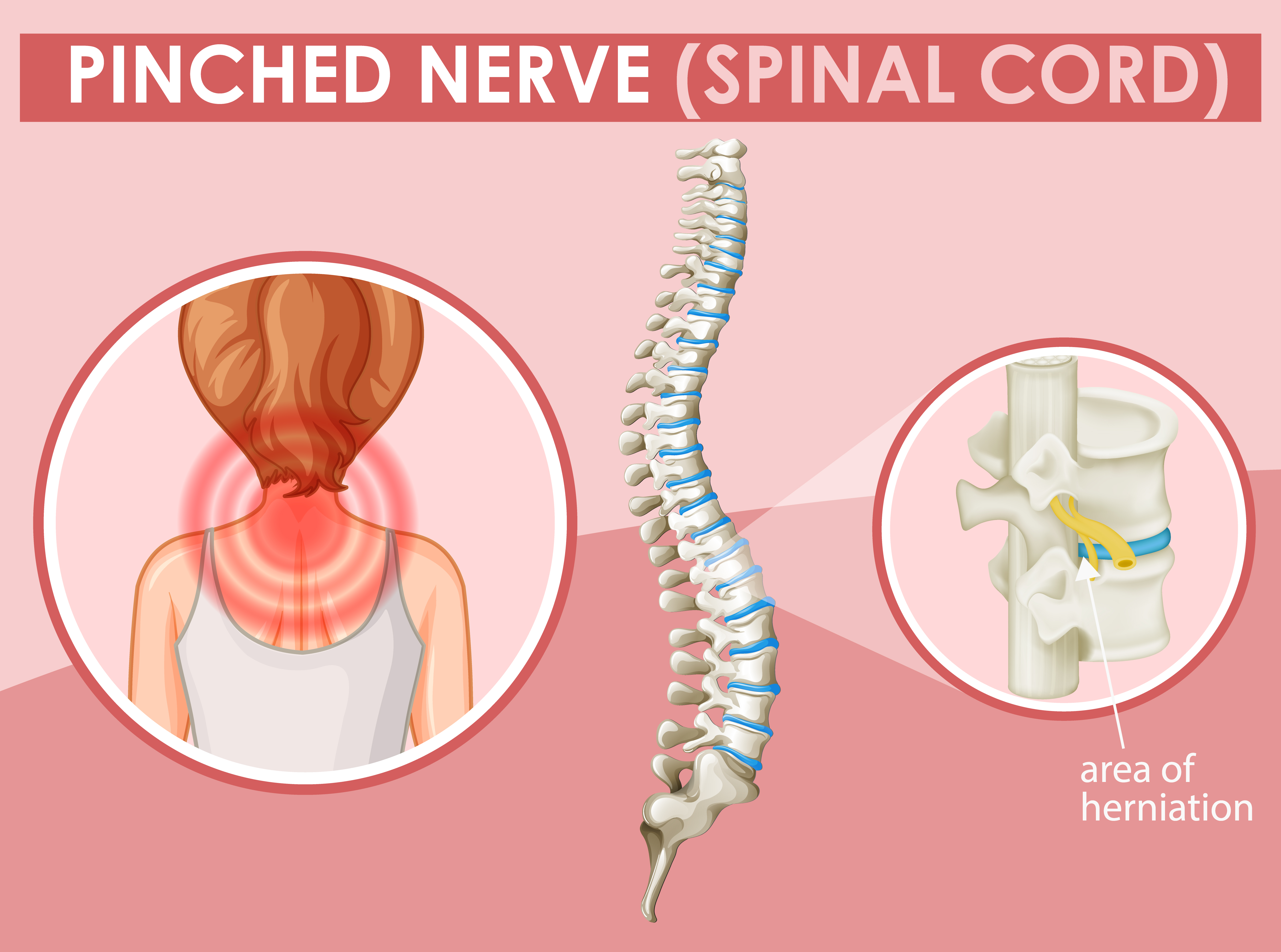

Common causes of myelopathy are degenerative spinal conditions, such as spinal stenosis, a narrowing of the bony passageways of the spine through which the spinal cord and nerve roots travel.

Myelopathy typically develops slowly as result of the gradual degeneration of the spine ( spondylosis), but it can also take an acute form or stem from a spine deformity present at birth. Causes of MyelopathyĪs you age, inflammation, arthritic illness, bone spurs and the flattening of the spinal discs between the vertebrae can put pressure on the spinal cord and the nerve roots. However, if the spinal cord is low-lying or tethered, it can be affected by lumbar myelopathy. Lumbar myelopathy is a rare condition because in most people, the spinal cord ends in the top section of the lumbar spine. The spinal cord in this area typically gets compressed due to bulging or herniated discs, bone spurs, or spinal trauma. Thoracic myelopathy occurs in the middle region of the spine.

Neck pain is one of the symptoms of cervical myelopathy, but not all patients experience it. Cervical MyelopathyĬervical myelopathy occurs in the neck and is the most common form of myelopathy. Myelopathy can occur in any area of the spine and has a different name depending on where in the spine it appears. Radiculopathy is the term used to describe pinching of the nerve roots as they exit the spinal cord or cross the intervertebral disc, rather than the compression of the cord itself (myelopathy). Myelopathy may sometimes be accompanied by radiculopathy. Myopathy is a muscular disorder and should not be confused with myelopathy, which has to do with nerve damage inside the spinal cord.


 0 kommentar(er)
0 kommentar(er)
